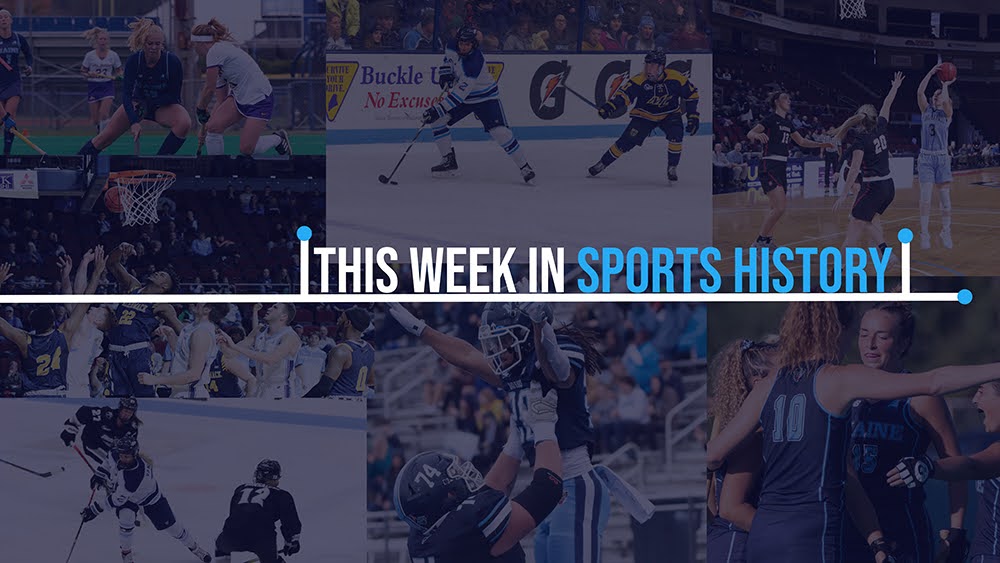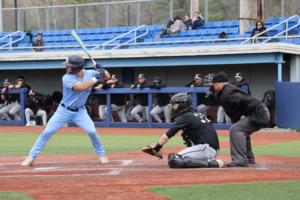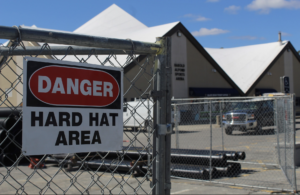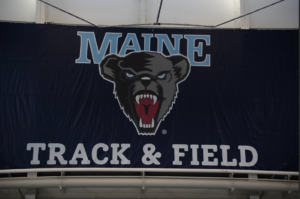This past week, Tom Brady announced his retirement from the NFL, ending arguably the greatest career any athlete has ever had in the sport of football. Brady won seven Super Bowls in his career, winning his first 20 years ago on Feb. 3, 2002.
Entering the 2001 season, Tom Brady was an afterthought. The Patriots quarterback was Drew Bledsoe, who had just signed a 10-year, $103 million contract to secure his place as the Patriots quarterback for the next decade.
Bledsoe, a three time Pro Bowler, was a great quarterback for the Patriots. He led the team to a 1997 Super Bowl appearance, where they eventually fell short to future Hall of Fame quarterback Brett Farve and the Green Bay Packers 35-21.
On Sept. 23, 2002, in the fourth quarter of the week two game against the New York Jets, Bledsoe received a vicious hit from Jets linebacker Mo Lewis. The hit forced Bledsoe out of the game and the subsequent internal bleeding nearly took his life. Luckily, Bledsoe survived, but was forced to the sidelines as his lung injury healed.
Filling in for Bledsoe, a young and inexperienced Tom Brady stepped onto the field as the Patriots’ quarterback. The game ended 10-3 with the Jets victorious and the Patriots falling to 0-2 in the Division Standings.
In the next week, Brady had his first career start, and was the start of a rivalry that lasted the better part of the next two decades. Quarterback Peyton Manning and the Indianapolis Colts were coming to New England after two dominant wins to start the season, and many were expecting Manning and the Colts to be strong AFC contenders.
However, like most meetings between the two future Hall of Fame quarterbacks, Brady came out on top. The Patriots led with their defense and a strong run game battered the Colts 44-13. This victory not only gave the Patriots their first win of the season, but proved that the team could win without Bledsoe.
Brady’s personal record with the Patriots by week 9 was 5-2, with the Patriots overall record being 5-4. In week 10, Bledsoe returned to the team, but he was not game ready. Brady held his starting spot in the team’s matchup against the favorites to win the Super Bowl, the St. Louis Rams. The Patriots lost the game 24-17, but it was far closer than many had anticipated, given how dominant the Rams had been.
After this loss, many expected Patriots head coach Bill Belichick to go back to Bledsoe as the starter, but despite public outcry, Belichick stuck with Brady as his quarterback. In the week 11 game versus the New Orleans Saints, Brady arguably had the best game of his career up until that point, throwing four touchdowns en route to a 34-17 win.
The Patriots and Brady did not lose another game that year, ending the season 11-5 and securing a bye week in the first round of the playoffs. After the bye, the Patriots had a home playoff game in Foxboro against the Oakland Raiders.
Brady’s first playoff start was one for the history books. Snow was a major factor, and it severely impaired the offensive strategies of both teams. Entering the fourth quarter, the Raiders had a 13-3 lead, and seemed to be in prime position to advance to the next round. Unfortunately for them, they became the first of Brady’s legendary playoff comeback victories in his storied career.
Brady led the Patriots offense down the field, despite the blizzard conditions, and put together a 10-play, 67-yard touchdown drive. It was then capped off by Tom Brady scoring a rare rushing touchdown to put the Patriots within three with under eight minutes left.
After a few changes of possession, Troy Brown produced a 27-yard punt return, putting the Patriots in great field position at the Patriots’ 46-yard line with 2:06 left on the clock. Brady and the Patriots had one last opportunity to tie the game. They ran two plays to pick up their initial first down of the drive, then produced one of the most infamous plays in NFL history.
Brady, on first down from the Raiders’ 42-yard line, dropped back in the pocket and was hit on a blitz by Raiders star cornerback and Brady’s former college teammate Charles Woodson. The hit forced the ball out of Brady’s hands and onto the ground, where the Oakland Raiders recovered the ball, seemingly ending the game and the Patriots season.
However, a review was called on the play to see if there was a turnover. In a decision that was shocking to fans and broadcasters alike the referees determined Brady’s arm had been moving forward with the ball as Woodson hit him. As such, the play was not in fact a fumble, but an incomplete pass. The ruling on this play is the “tuck rule.” Since Brady was tucking the ball back after a pump fake it was deemed not a fumble. This rule was eventually changed, and in today’s NFL this play is ruled a fumble.
With this newfound opportunity, Brady led the Patriots into field goal range, where Adam Vinateri hit a 45-yard field goal despite the tough snowy and windy conditions to tie the game and send it to overtime. In overtime, Brady led an impressive 14-play drive deep into Raiders territory, capped off by Vinatieri hitting another clutch kick, a 23-yard field goal to give the Patriots the win.
The next game saw the Patriots travel on the road to Pittsburgh to take on the number one seed Steelers. This game is often forgotten about in Patriots lore, but is one of the more intriguing upon review. In the late stages of the second quarter, with the Patriots leading 7-3, Brady left the game with an injury to his ankle from a low hit after completing a pass to Troy Brown. In to replace Brady was Bledsoe, who had not played since his injury in week two that allowed Brady to take his spot.
In relief for Brady, Bledsoe played well en route to a 24-17 victory that secured the Patriots a spot in the Super Bowl for only their third time in franchise history. Coach Belichick again faced a tough decision, whether to start the inexperienced quarterback who had led the team for most of the year, or the veteran who just led them to victory. Belichick decided to go with Brady for the Super Bowl, despite heavy criticism over the decision.
In the Super Bowl, the Patriots faced an opponent from a previous matchup that season: the St. Louis Rams. Nicknamed “The Greatest Show on Turf,” the Rams had an explosive offense led by future Hall of Famers quarterback Kurt Warner, running back Marshall Faulk and wide receiver Issac Bruce. The Rams had won the Super Bowl two years previous, and many expected this game to be a walk in the park for them. They entered the game as 14 point favorites.
The Rams, despite averaging a league high 31.4 points per game, were held to three points in the entire first half. The Patriots defense came out flying, playing smashmouth football as the Rams struggled early. The Patriots scored the first touchdown of the game when Warner threw an errant pass that was intercepted and returned for a touchdown by Patriots cornerback Ty Law, making the score 7-3 midway through the second quarter.
The Patriots forced another turnover later in the second quarter, but this time, Patriots defensive back Antwan Harris forced a fumble on Rams wide receiver Ricky Proehl that was recovered by the Patriots with 1:33 left in the half. The Patriots took advantage of the remaining time and turned it into points, when Brady hit David Patten on an 8-yard touchdown pass to put the Patriots up 14-3 going into the half.
In the third quarter, the Patriots scored a field goal, bringing the score to 17-3. The team maintained this lead until the Rams woke up in the fourth quarter. With less than 10 minutes remaining Warner scored a two-yard touchdown run to cap off a long Rams drive and put them within one score to tie the Patriots.
After trading possessions a few times, the Rams broke through again with under two minutes left in the game. A quick three-play drive ending in a Warner to Proehl 26-yard touchdown reception tied the game.
With the game tied 17 – 17 and only 1:21 remaining on the clock, Tom Brady and the New England Patriots got the ball back. The late great famous football coach and commentator John Madden famously said on the broadcast that the Patriots should just “run the clock out” and “play for overtime.”
Brady and the Patriots did the complete opposite and went for the win. Against all odds, Brady found himself in a position to win the Super Bowl.
Five completions by Brady put the Patriots in field goal position with seven seconds left. Vinateri once again was called on to make a game winning field goal from 48-yards. Vinateri hit the kick down the middle as time expired to make the New England Patriots the Super Bowl Champions for the first time.
The Patriots dynasty and the mythological career of Tom Brady had begun.




